|
Qualifications
2011 Projects
2010 Projects
2009 Projects
2008 Projects
2007 Projects
2006 Projects
2005 Projects
2004 Projects
2003 Projects Interpretive
Services Library Interpretive
Planning Scenic Byways Evaluation Links
Text Book
Training Video Home Page
| |
Developing Successful Partnerships –
Planning Guidelines for
Heritage Tourism and Interpretive Sites, Facilities
And Organizations
By
John A. Veverka
Why Do I Need Partners?
Developing partnerships for organizations/agencies in both the private and public
sectors have been a management trend for the past several years. Particularly in times of
tight budgets but growing demands for services, agencies have looked more and more to cost
sharing and work sharing with groups and organizations. What can partnerships to for you?
 | Provide cost sharing for construction projects, exhibit projects, marketing services,
staff training and development, and more. |
 | Provide "credibility" for some projects by having the right "names"
associated with them. |
 | Provide expertise that may not be available "in house". |
 | Cut costs in marketing and advertising sites or attractions. |
 | Help in grant writing or other revenue generation. |
 | Help you accomplish your agency or attraction mission more cost effectively. |
These are just a few of the benefits of partnerships. But creating a
"successful" partnership is not as easy as it might seem and there are pit falls
if the partnership doesn’t work out.
Here are some things to consider in developing and maintaining successful partnerships.

Ten Guiding Rules for Making Partnerships Work:
- All partners must be equal.
While the word "partnership" implies this, I
have seen partnerships where one partner is "more equal" than the other in
decision making, management, or other issues. This can easily cause friction and the
partnership to break up.
Benefits to each partner should be equal. All partnerships are based on the fact
that each partner is looking to gain some BENEFITS from the partnership. They may be
benefits in marketing or advertising their site or resources, benefits in keeping their
operation costs down, or other related benefits. If one partner seems to benefit
more than the other, but the real "costs" o the partnership are equal, some
friction can develop.
Partners should have some common or shared mission or organizational purpose. If all
partners are after the same end (protecting historical sites, preserving the environment,
wanting visitors to value the shared resource, promoting regional tourism, etc.), there
is a greater chance of the partnership being successful.
All partnerships should have a written "Letter of Agreement" between the
partners to spell out exactly the roles, duties, financial commitments, time frame
commitments, management responsibilities, etc. for the partnership. This speaks for
itself. All partnership agreements should be worked out clearly and in writing.
Choose your partners carefully – You Are Known by the Company you Keep. Will
this partnership help or possibly hurt your agency or organization image. For example, if
you are an environmental organization and have a partnership with an Oil Company –
what will people think?
Talk to each other often. Some types of partnerships succeed or fail because of lack
of communications between the partners. Depending on the kind of partnership you have,
meet often to discuss common goals, strategies, or problems.
If you have a "long term" partnership agreement (covering several years), have
a yearly "updating" meeting to make any needed partnership adjustments. The
key here is that tourists, agency administrators, budgets, everything – can change
over time. Have flexibility built into your partnerships to make adjustments as needed.
Have a common or shared "look". While you want to maintain your agency or
organization identity, visitors are not really interested in who all the partners are.
They do not want a quilt work of exhibit design looks, publication mis-matches, or other
visually confusing presentations. Agree on a common or shared look for a
"seamless" presentation of a common or shared story.
Have clear deadlines or work plan timelines. If your partnership involves developing
sites, attractions, exhibits, marketing materials, or other such joint projects, make sure
that all partners can keep to shared work responsibility deadlines and project time
tables. For example, if you are developing outdoor exhibit panels,
and your designer needs graphic material from your "partner" by a certain
deadline, make sure that the partner can meet these kinds of deadlines.
Try to LIKE your partner. If you don’t really get along with a potential
partner, you will probably have problems along the way with the potential partnership.
Some partnerships fail simply because the partners may have personalities that don’t
work well together. Successful partnerships take work!
There are different kinds of partnerships between different kinds of organizations and
agencies and how partnerships might work between then vary greatly. From government
agencies to commercial tourism attractions, to commercial service providers, to non-profit
organizations – partnership benefits and arrangements will vary a lot. The table on
the following page gives a few examples (Ed. note - due to html formatting this table
could not be included in this web version of the article.)
 Planning for Partnerships Planning for Partnerships
If you think that your organization or agency is ready for, or in need of, various
kinds of partners, here are some steps for planning for your partnership. I recommend that
you think through these questions before selecting or approaching potential partners.
 | Why do we need a partner? |
 | How will a partner benefits us? |
 | How will a partnership benefit the partner(s)? |
 | Financial Benefits |
 | Marketing Benefits |
 | Association benefits with our agency or organization. |
 | Gain access to a greater number of resources and expertise. |
 | Help them to accomplish their goals, objectives, or mission. |
 | Other |
 | What are the goals and objectives of our proposed partnership (what do we envision
accomplishing via the partnership)? |
 | How will you know if the partnership is "successful"? |
 | How will you know if/when the partnership is not longer needed? |
 | How will we administer the partnership? |
 | Who will write the contract or letter of agreement? |
 | Who will be responsible for any fiscal accounting? |
 | Who will be responsible for staff functions? |
 | Etc. |
 | Do we need a long-term partner(s) or will this be a short-term partnership project. |
 | Exactly what do we want our proposed partner(s) to do? |
 | Help with funding? |
 | Help with staffing? |
 | Help with administration of the project. |
 | Provide expertise? |
 | Provide credibility to the project? |
 | Provide "in-kind" services (printing, publications, etc.)? |
 | Other |
 | Who are some potential partners? Make a list of the organizations, companies,
attractions, etc. who you think would make a good partner(s) based on the above criteria. |
 | How will we implement the partnership? What will it take to get things going? |
 | How will we evaluate the success of the partnership (for short or long term projects or
working relationships? |
Once you have thought through these questions (and answered them), then you are ready
to approach your potential partners about entering into a partnership arrangement with
you.
Summary
This short paper was designed to help you think through some of the issues and points
that can make or break partnerships. In today’s economy, partnerships, especially in
the heritage tourism area, make good business sense. But like good business, it should be
carefully planned and thought through to help insure success.
John A. Veverka
John Veverka & Associates
PO Box 189
Laingsburg, MI 48848
Jvainterp@aol.com
|
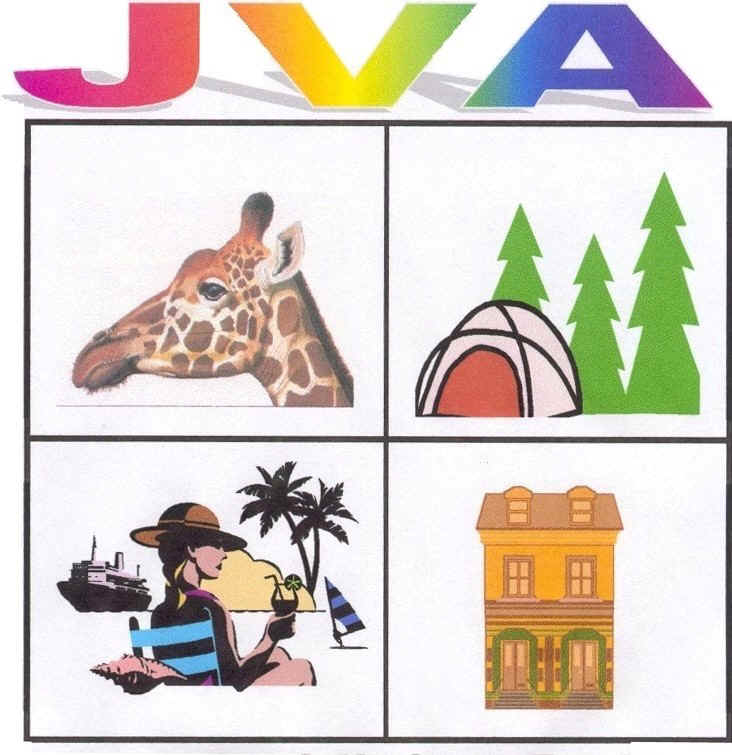
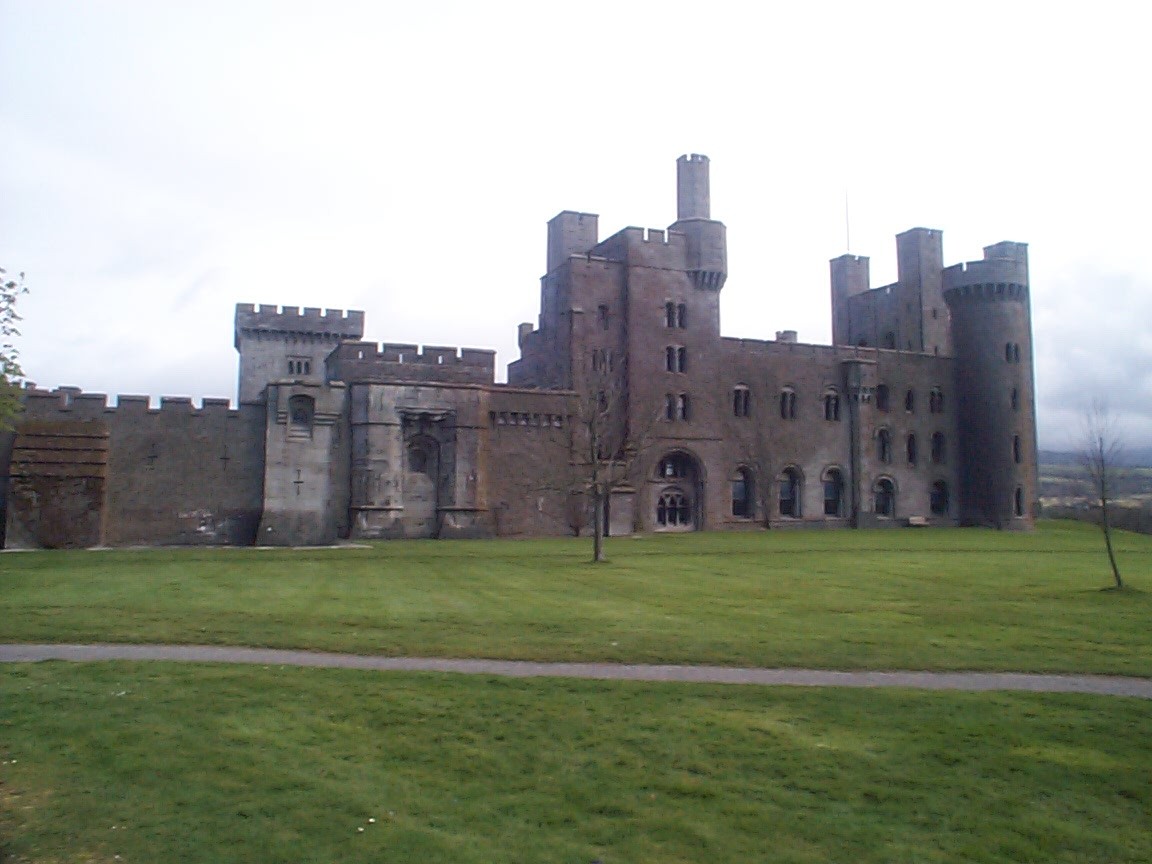
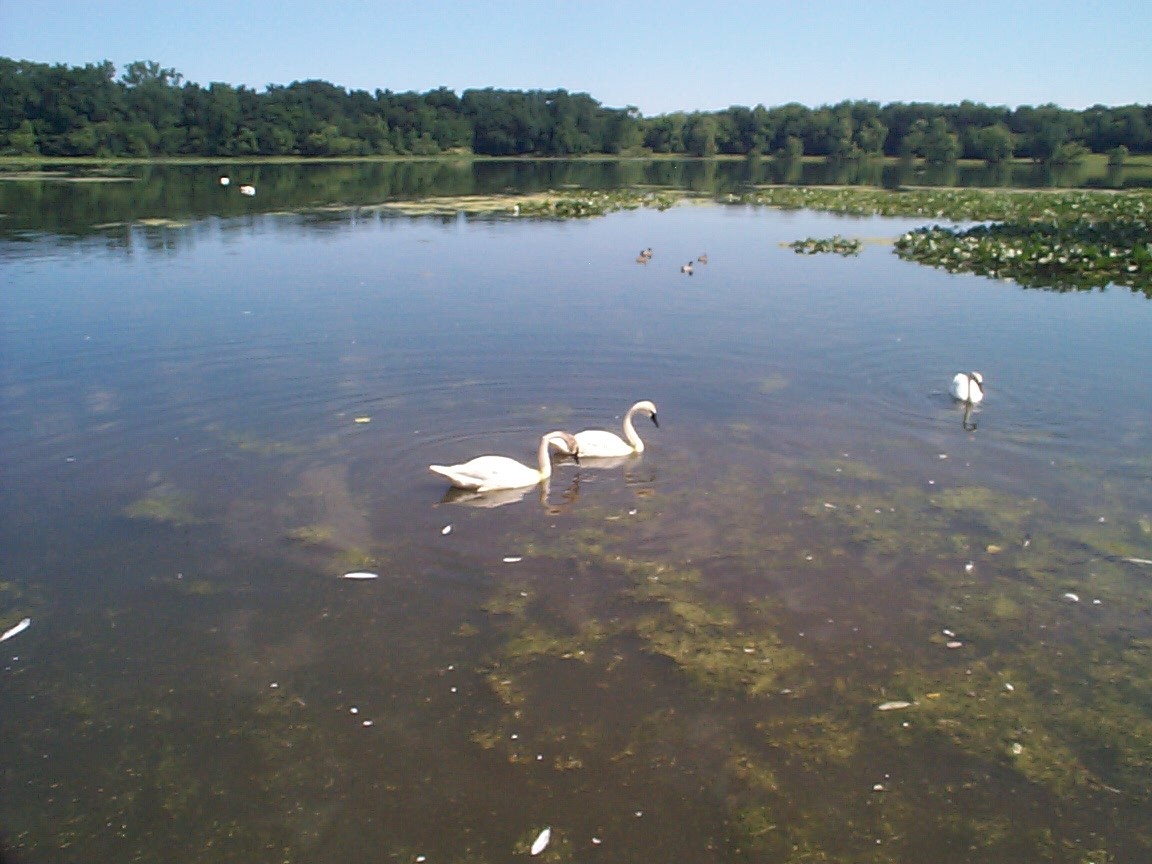
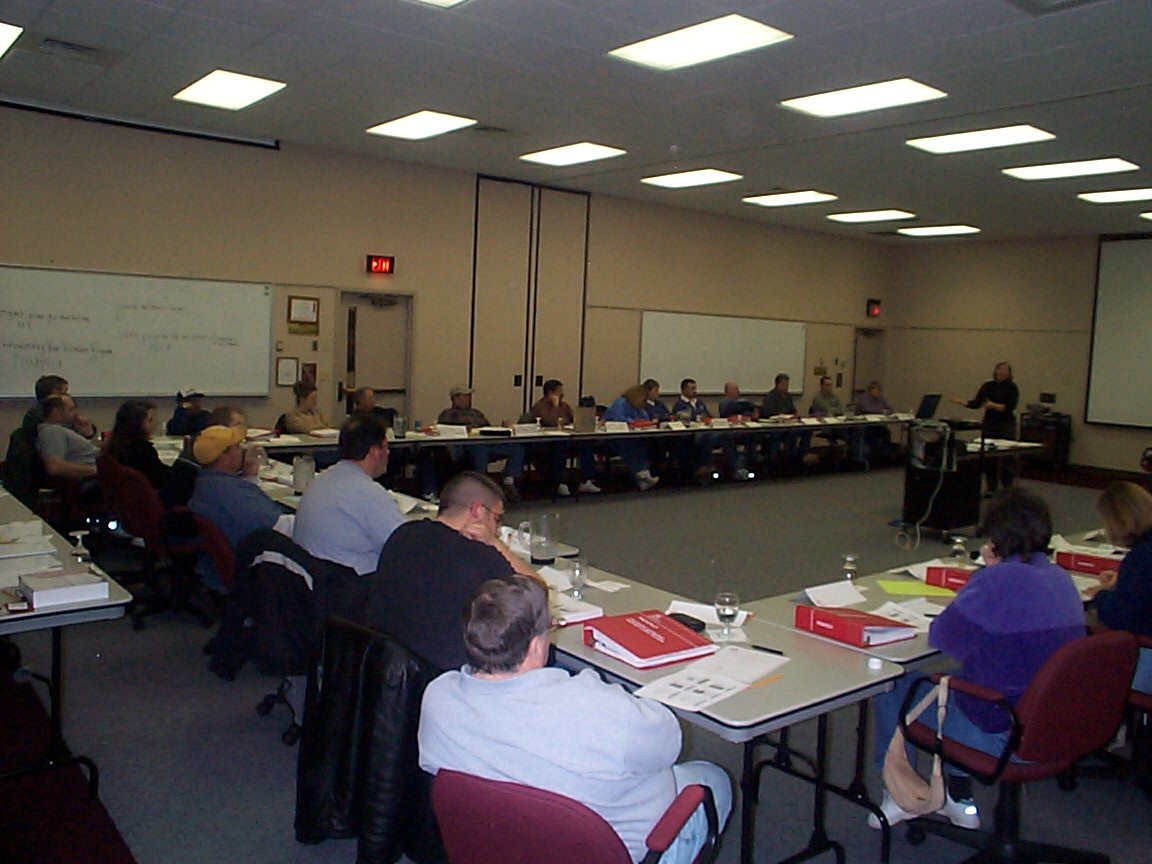

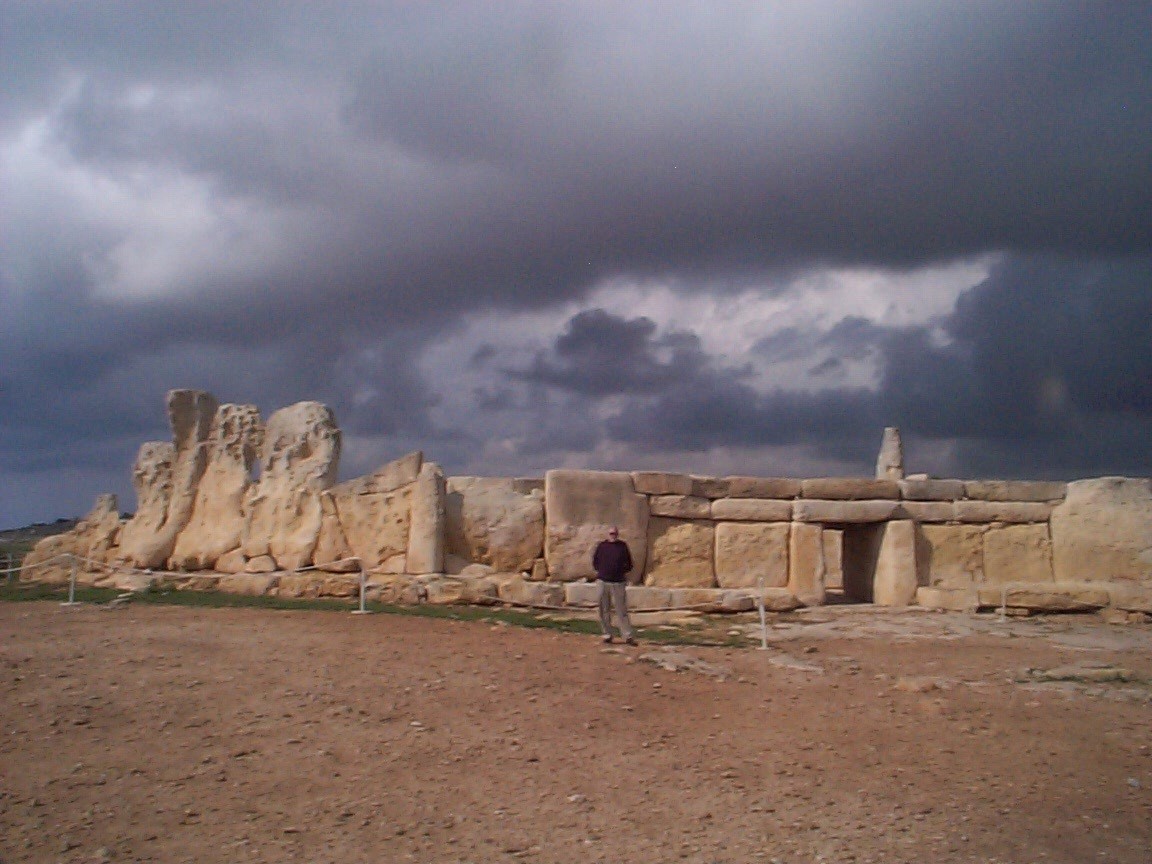
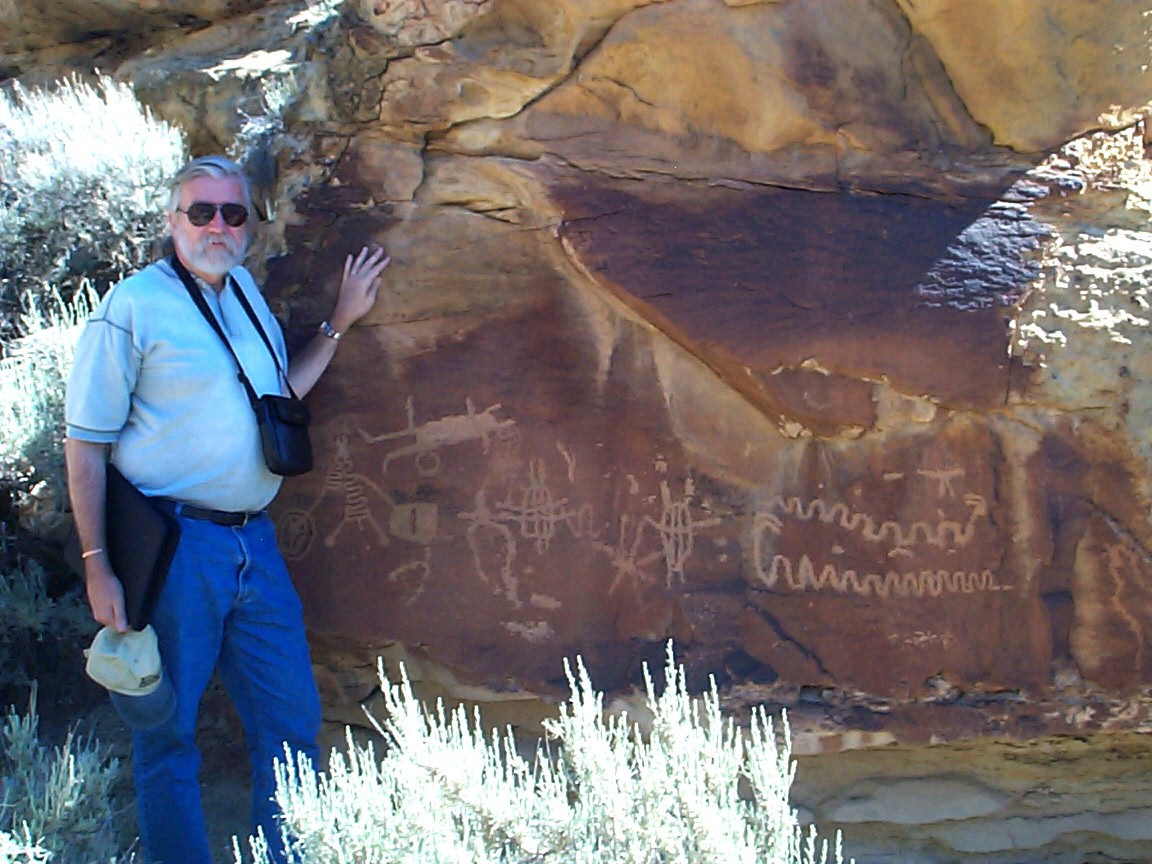
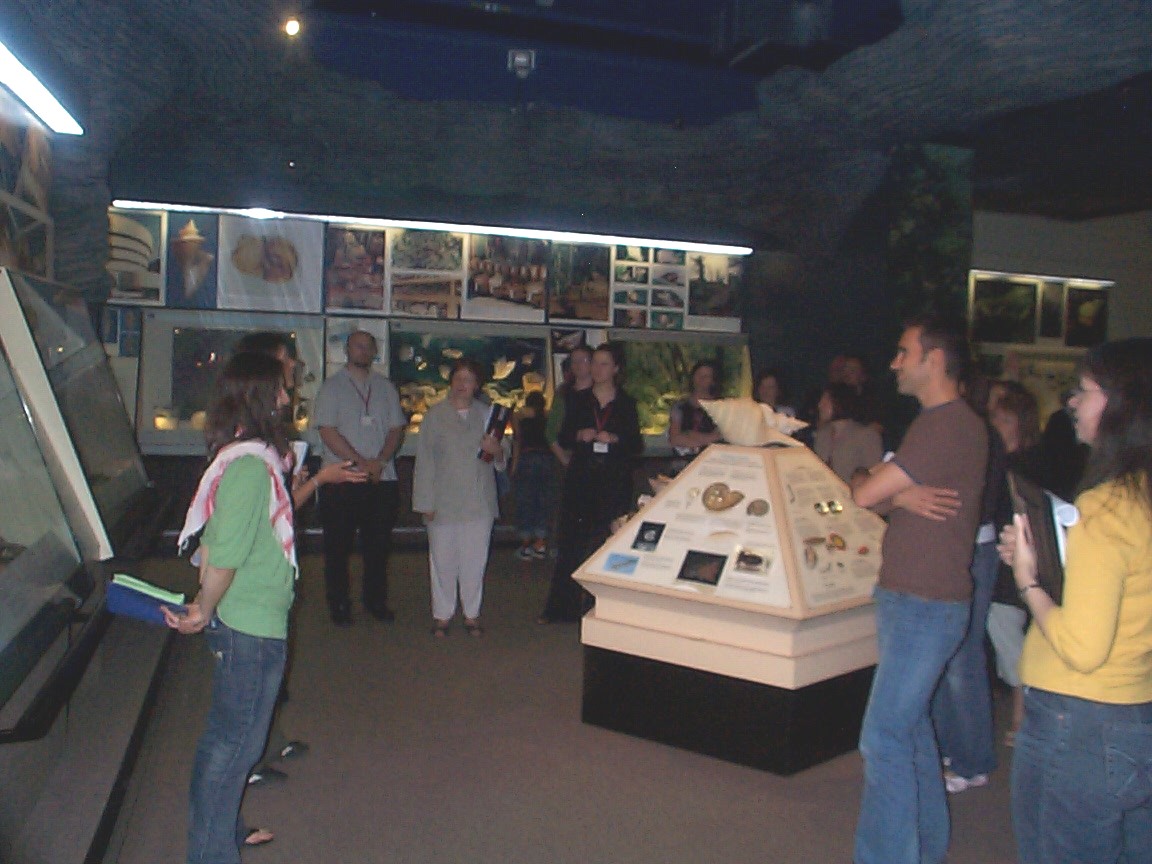

 Planning for Partnerships
Planning for Partnerships